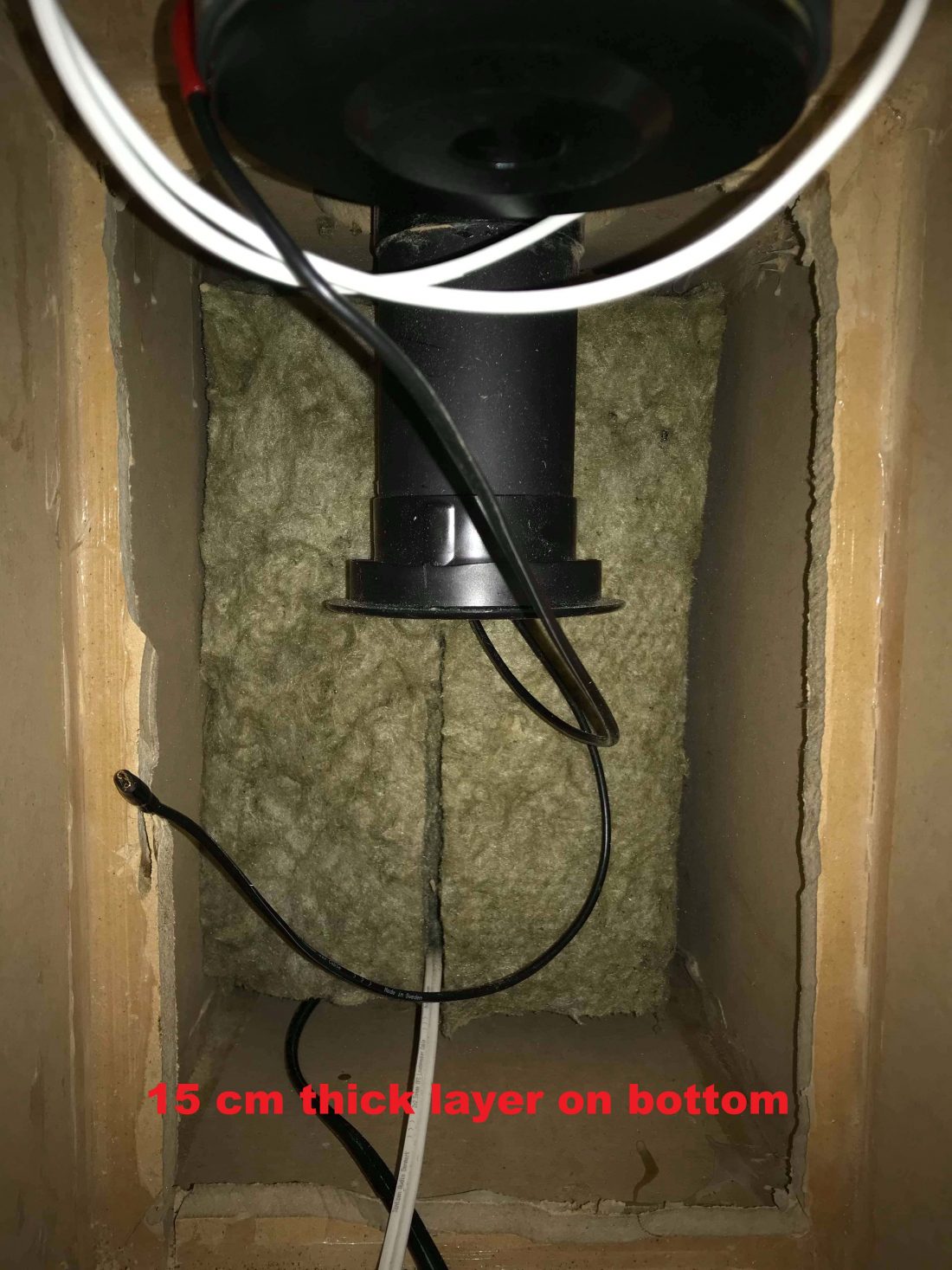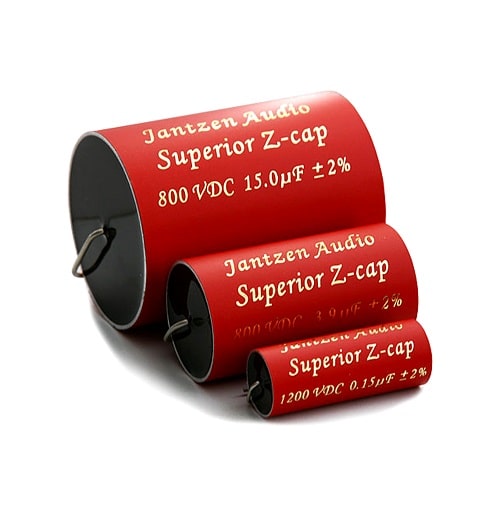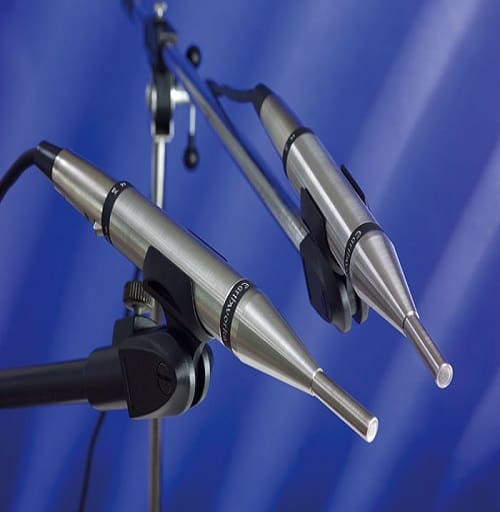Internal standing waves – How to eliminate them from speaker boxes
How to deal with unwanted enclosure resonances?
Dealing with internal standing waves can be a pain. These are most often encountered when building floorstanding speakers. Since they have a more noticeable height, they have enough room for some standing waves to develop. Speaker placement also plays a role, but after you already made the enclosure and discover that the box has problems, what are you going to do? Fear not, there are solutions.
Device under test
In my recent build of floorstanding speakers, I encountered an internal standing wave problem. As a result, I decided to write this article on how I managed to mitigate it. Here is a picture with the actual build, so you can form an image :
The midrange and the tweeter are in one chamber, and the 2 bass speakers + port are in another chamber. The port is 70 mm in diameter and tuned to 25 Hz, and the bass speakers are Dayton Audio SD215A-88. (Amazon affiliate paid link)
How to detect internal standing waves
Depending on how bad your case of internal standing waves is, the resonance might be audible only on some parts of an audio track. Other times, it can overpower other frequencies and ring like a bell. But let’s not rely on our ears and do some measurements. The standing wave appears on my chart when I did a nearfield measurement of the port. This is more easy to follow, because otherwise you would have to use a CSD plot.
Normally, you would have just “the hump” around 25 Hz, which is the resonant frequency of the port. Then, it should slowly roll off to 300 Hz. Anything above 500 Hz doesn’t interest us. Also, the measurement is not accurate that high up in frequency.
You can see in the graph that there is a huge spike at 220 Hz. The output level is the same as the port at resonance frequency. This means that it’s audible even at the port’s peak performance. And you actually do hear it easily, even without this measurement telling me that there is an issue.
How to design loudspeakers - video courses
Why does this happen? Standing waves usually happen if there is a correlation between the internal dimensions of the box and the half wavelength of any given frequency. In our case, the whole speaker is 1080 mm tall, but we are interested only in the internal height of the bass chamber, which is 750 mm. The wavelength of 220 Hz is 1.54 m. So if we divide that by half, we get 770 mm, which is roughly the same as our 750 mm internal height. As a result, there is your explanation of why we got an internal standing wave at 220 Hz.
How to deal with internal standing waves?
Considering that the enclosure is already made, your last resort is to use damping material. A lot of times people are tempted to use those egg-crate looking sponges. Those are only good in absorbing high frequencies. You see them mostly on music studio walls. For 220 Hz we need a thick pad of dense material.
For this project I used 5 cm thick mineral wool (Amazon affiliate paid link). Make sure it’s not fiber glass wool. While it’s very effective, it’s very harmful if you breathe it. Since we are dealing with a bass reflex enclosure, you cannot place a large quantity of damping material. However, if you have a sealed enclosure, I highly encourage you to fill it up with damping material. Maybe a different material, like polyfill. But in the case of bass reflex, apply material in the following order until you get a satisfactory result :
- On the bottom. Thinker layer as space usually permits.
- On the top.
- On the sides.
- Try to avoid placing damping material on the back panel in a bass reflex enclosure.
Be warned that working with mineral wool will cause some itching. It’s normal.
Results
The first measurements I took with only the top speaker connected (it was more convenient for me). As a result, the port response look a bit off, because the second speaker acts like a passive radiator. However, this is not of concern because we are interested only in the standing wave. In the end I hooked up the second speaker as well, to make a comparison without damping material and with damping material on all walls except the back.
As you can see, by placing a 15 cm thick pad of mineral wool (3 pads of 5 cm stacked) and 5 cm on the top, the standing wave reduced it’s amplitude by 10 dB. It’s very effective. Now let’s place it on the sides as well.
Now the response looks like there is no standing wave. It’s completely absorbed.
Conclusion
Now you know that if you run into internal standing waves problems, you don’t have to scrap your enclosure. Using thick damping material yields great results. In conclusion, applying sufficient material can kill the standing wave all together.
References
- Image source : link.


















15 comments
Great article! Simple, to the point, & easy for my feeble mind to grasp. I use the same damping material in my towers.
Driver complement is similar to my left & right towers. What’s the external width and depth of your closure?
Why no damping on the rear baffle?
External dimensions are 1078 x 275 x 359 ( H x W x D). Placing damping material on the wall which is opposite to the port/speakers impedes backwave motion the most. You want to minimize the path obstruction from the speaker to the port.
“You want to minimize the path obstruction from the speaker to the port.”
What about wave bouncing back from the back wall to the driver and than out of the box?
(in mid woofer design)
Thanks
For sealed enclosures you can always stuff it however you want. There are quite a few benefits for that. But in a ported enclosure you want to prioritize that you don’t obstruct the “speaker-port path”. In terms of overall losses, port leakage is usually minimal, so try no to focus on fixing things that aren’t a problem. If you have audible standing waves, then yeah, you might as well use some extra damping material until you solve this problem (even if it contradicts what I previously said).
Further, woofer chamber height, ~a half meter. If I read your article correctly, potential SW 1100-1150hz range?
Thnx
Not really. 680 Hz has the wavelength of 0.5 meters (340 / 0.5 = 680). 340 is the speed of sound in air and 0.5 is the wavelength. But we are looking for the frequency which has half of wavelength of 0.5 meters. So the frequency with the full wavelength of 1 meter. Which is 340 / 1 = 340 Hz. Of course, you can encounter issues at multiples of 340 Hz (680, 1020, 1360 etc) as well.
Very clear explanation! Great article! Thank! I use egg packages in the back baffle…
Thank you very much.
I will apply what you advise in my current project.
Ran
What if you have a down firing port? I do omit material around the port, including the sides, when doing either a back or front port, but what of the down firing type?
Just line the walls except the one with the port, so the bottom panel.
Hi
Excellent article, clear to the point. Thanks
I have however a question. What is the impact of the extra material added to the tune of the box and port? I understand that the inside volume of the box and the size of the port are important to behave of the bass speaker.
Is there any change in the Fb with the addition of the extra material?
Thanks
Yes. By adding damping material inside the box, the perceived volume of the box will go up and therefore the Fb will go down.
Hi Marius
I just finished your Acoustics 101 course today. Thanks so much for putting that together. I learned a lot.
Regarding the wool panels: do they have to be glued onto the walls or secured some way or is a friction fit good enough? I’m building a sealed box speaker.
Thanks Mike
Hello
If you are using stuffing, and stuff the whole box, you don’t need to glue it. But if you are using rockwool sheets or something similar, it’s best to use some adhesive. If you do manage to squeeze them together and you are confident that they will remain still under tension, that will work also.